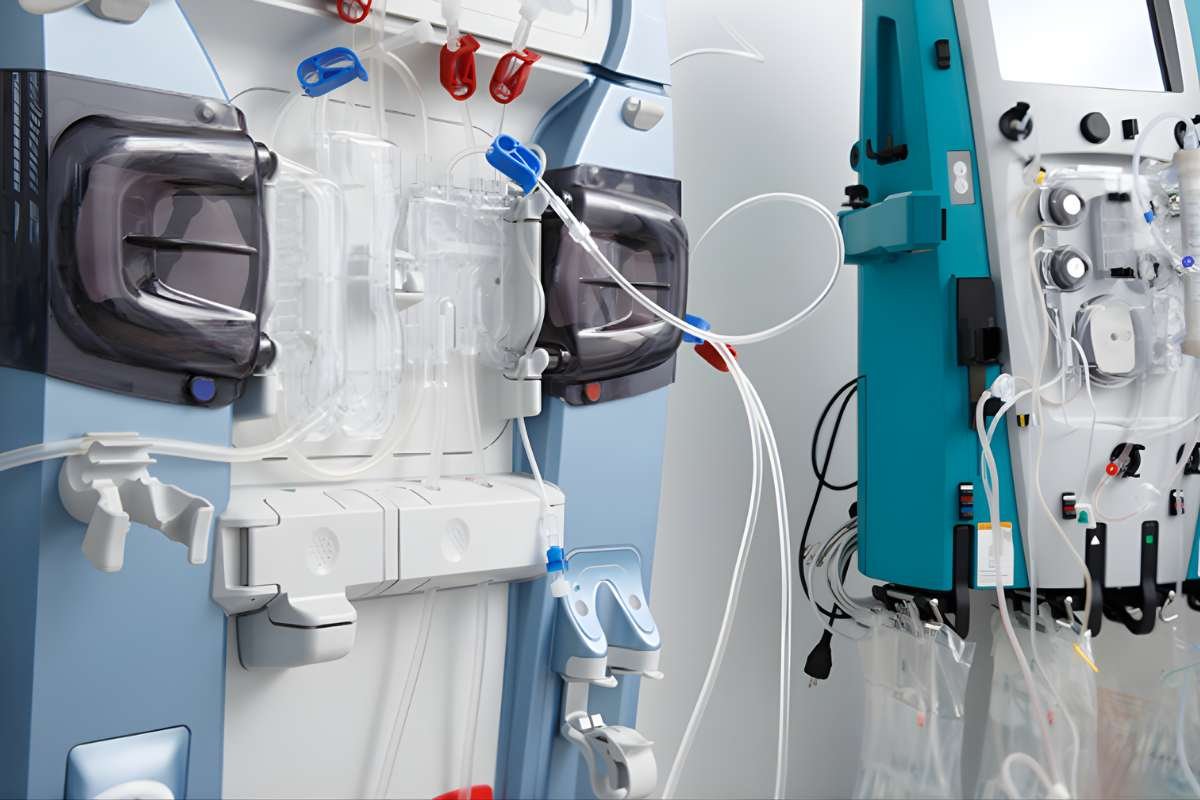Millions of Americans travel by cruise ship, hailing from Miami, New York, Seattle, and other cities. But things aren’t always easy when it comes to those travellers’ health. The U.S. Centres for Disease Control and Prevention report that there have been 13 norovirus outbreaks aboard cruises this year. There have been more norovirus outbreaks on cruises than ever before, and there is still nearly half the year to go.
On a Viking Cruises journey from Iceland that docked in New York City on June 20, there was the most recent norovirus epidemic. On board, numerous crew members and almost 13% of the guests had illnesses. A Viking spokesman told CNN, “We suspect the gastrointestinal ailment began from a shoreside restaurant in Iceland where a group of tourists dined during their leisure time.
A Virus That Is Incredibly Contagious
Acute gastroenteritis, often known as norovirus, is a very contagious virus that causes inflammation in the stomach and intestines. According to the CDC, norovirus, which is frequently referred to as a “stomach bug,” is the most frequent cause of nausea, vomiting, diarrhoea, and stomach pain.
When a person comes into contact with an infected individual, consumes contaminated food or water, or touches contaminated surfaces, they may unintentionally ingest minute particles of faeces or vomit. Even though the majority of the time, symptoms only last a few days, a person can still be contagious two weeks afterwards.
Dr. William Schaffner, a professor of infectious diseases at Vanderbilt University, described the virus as “extremely contagious.” “A person exposed only needs a few common virus particles to become infected. In other words, it only requires a small amount; no significant dose is required. Despite the absence of a cure, the majority of patients recover completely on their own. Standard treatment for symptoms involves replacing lost fluids from vomiting or diarrhoea with hydration therapy.
Schaffner advises cruise passengers to take extra measures and wash their hands thoroughly with soap and warm water in order to stop the spread of norovirus. The virus is resistant to antiseptic gels and hand sanitizers. According to Jeffrey Fisher, an associate professor of nutrition and dietetics at Central Michigan University, “We’ve all been washing our hands since we were kids. However, numerous studies have been conducted that claim we’re not performing it adequately or as frequently as we ought to. Therefore, we wish to review good hand cleaning techniques.
Increasing Cases
Although the precise reason for this year’s increase in cruise cases is still unknown, experts think that record numbers of passengers and growing demand for cruises may be to blame. Data from the CDC’s Vessel Sanitation Programme show that after 2015, there was a continuous decrease in the number of norovirus outbreaks aboard cruise ships calling at American ports. From 2006 to 2019, the overall prevalence of acute gastroenteritis on American cruise ships likewise declined.
The CDC issued a travel health advisory in response to the COVID-19 pandemic, advising against travelling on cruise ships due to safety reasons. According to CDC spokeswoman Kathleen Conley, there was little cruising, and as fewer people were travelling on board, fewer infections occurred.
In reality, the programme didn’t report any norovirus outbreaks in 2020 or 2021, which is probably because travel was restricted and sanitary procedures were upgraded in response to the COVID-19 pandemic. However, since the agency removed the danger warning for cruise travel in March 2022, the number of passengers returning at record levels has increased.
Cruise Ship Norovirus Outbreaks
The number of passengers planned to board ships this year is expected to reach 31.5 million, exceeding pre-pandemic levels and resulting in high-density settings that are conducive to transmission. When more than 3% of passengers and crew report symptoms and there are more than 100 guests travelling for three to 21 days on a cruise, the CDC reports an epidemic.
This year, those circumstances have been met 13 times, compared to just two in 2022. According to CDC data, Royal Caribbean has seen the most norovirus outbreaks of any cruise line this year, with four outbreaks affecting a total of 449 passengers and staff.
“The health and safety of our guests, crew, and the communities we visit are our top priority,” a Royal Caribbean International representative told CNN via email. We employ stringent safety and cleanliness measures, many of which go well beyond the standards set by the public health community, to preserve the greatest levels of health onboard our ships.
An Ideal Storm
On cruise ships, norovirus outbreaks are quite infrequent when compared to the general populace. According to the CDC, it affects 19 to 21 million Americans annually, as opposed to a few thousand instances on cruises.
The ideal habitat for norovirus outbreaks, according to Schaffner, is a busy area where small particles can fly through the air. Schaffner thinks cruises can provide this kind of atmosphere. According to him, a sizable group that eats and lives close together can act as a breeding environment for the illness.
They live in enclosed areas and are a very huge, tightly packed population that frequently congregates in relatively small spaces for extended periods of time. Therefore, there are a lot of opportunities for people to interact, which makes it relatively simple for this virus to spread. According to him, norovirus symptoms might also appear suddenly. A traveller can start throwing up suddenly while going to their cabin or at a gathering. Vomit is aerosolized, and the small particles can spread disease to individuals close.
The cruise ship, which Schaffner described as being perfectly suited for the quick spread of a communicable disease, has been exposed to a highly transmissible virus.
Dehydration can result from symptoms like diarrhoea and vomiting, even though these frequently go away in a few days. Schaffner cautioned that rapid fluid loss can increase the risk of more serious sickness for elderly passengers, who may account for a disproportionate share of cruise customers. Dehydration can interfere with treatment plans for diabetics.
According to Fisher, the public’s “knowledge gap” on the virus is a major contributor to the issue. As the COVID-19 pandemic seems to be winding down, “people are relaxing” rather than being cautious about norovirus outbreaks and disease transmission.
“I think a lot of the public don’t even understand norovirus, let alone how to begin to protect themselves,” he claimed. They are not following the safety measures and protective habits they learned during the pandemic.
Schaffner believes that those who are feeling under the weather before boarding are now more likely to set sail. After a pandemic delay of two and a half years, many people may be bringing norovirus with them on vacation, he speculated. He advised passengers to cancel their vacation as soon as possible if they weren’t feeling well. Try to restrict other people’s exposure up front, and then go on another cruise a month later.
The CDC’s Vessel Sanitation Programme also mandates monthly illness reports from cruise ships, conducts routine unannounced inspections, and provides public health training for cruise ship staff in addition to monitoring disease norovirus outbreaks on board.
The CDC urges travellers to take preventative measures include washing their hands properly, avoiding contaminated food, and avoiding putting their hands near their lips. Both Schaffner and the CDC advise passengers who become ill to remain in their cabins and to contact the ship’s medical staff right away. Schaffner advised, “Let them take charge and look after you.” “Don’t spread the virus by going out and about.”







